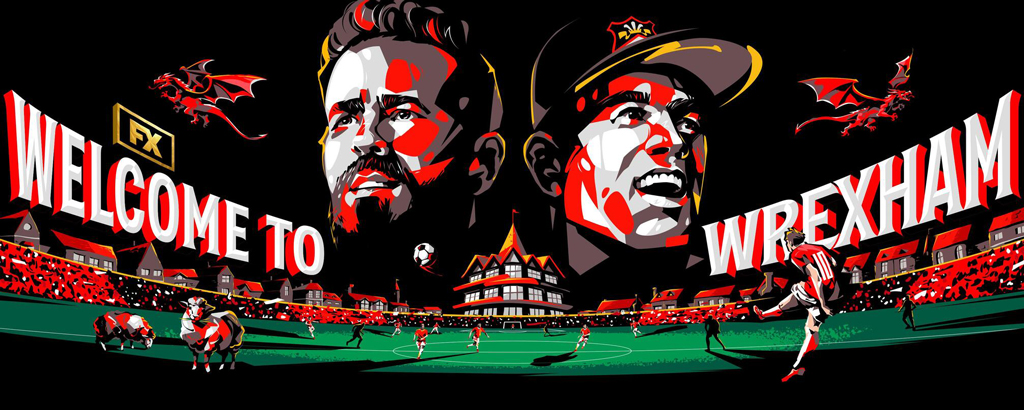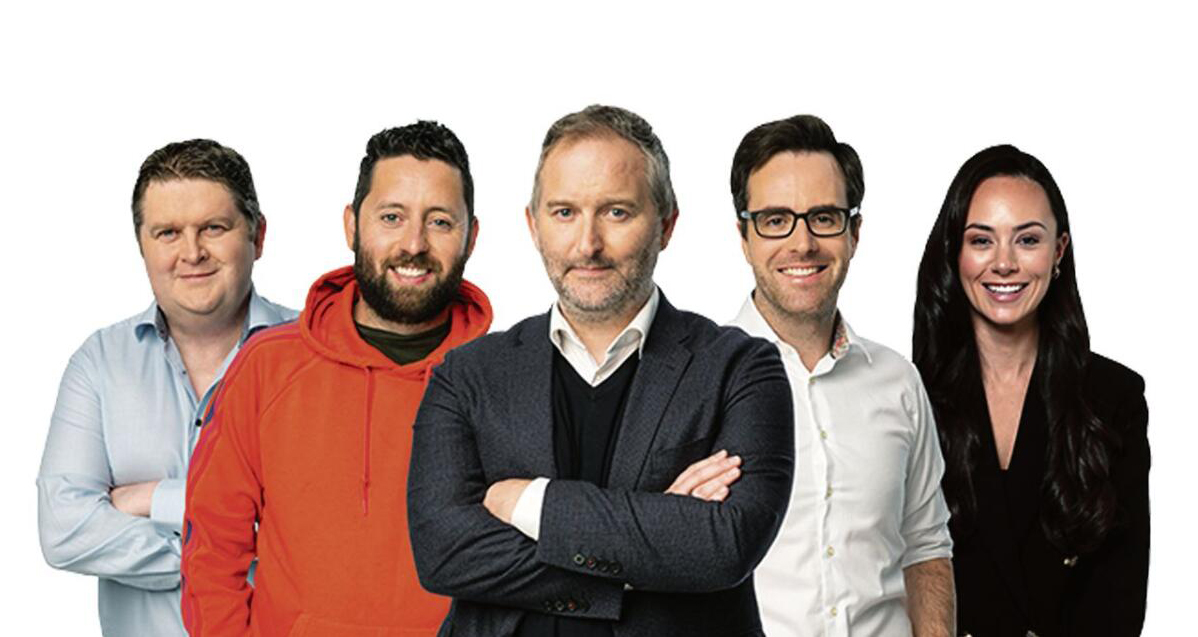 There’s nothing like sport when it comes to driving passionate fan engagement and sports media will continue to deliver all kinds of new opportunities for brands seeking to engage with sports’ lovers, writes Ian McGrath.
There’s nothing like sport when it comes to driving passionate fan engagement and sports media will continue to deliver all kinds of new opportunities for brands seeking to engage with sports’ lovers, writes Ian McGrath.
Sports Media is only growing and has become an opportunity for a broader base of advertisers and all sports, big and small.
Live sport always delivered mass reach really like nothing else. And on top of this, big emotion!
There are those moments of national pride that bring people together, those moments where you have to be there to see it as it happens before it becomes historic, and the many more moments of angst, apprehension, longing, and fulfilment spread across leagues, championships, and tournaments.
This is why advertiser’s love sports.
However, the number of places that sports is broadcast, streamed, and talked about has exploded in recent years. This fragmentation of sports media is bringing sports to wider audiences and increasing the general interest across a broader range of sports.
Simply the more ways to watch means more opportunities to turn viewers into fans.
There is a huge challenge for rights holders and major broadcasters who are wrestling with this fragmentation.
TV networks have battled to keep pace with the soaring inflation in sports rights for key global events and national leagues as the competition from big-tech funded streaming has entered the sports market (particularly in the US and UK markets). Rights holders are making more money by breaking up their packages and creating new schedules for leagues and expanded formats for tournaments. Earlier this year, WARC reported that global spend on sports rights will reach $62billion, which is an increase of 20% on what it was 4 years ago.
Where rights holders are prospering from fragmentation, the same cannot be said for broadcasters. Sports carries a high upfront cost. Smaller packages mean sharing audiences with direct competitors. The reality for TV networks now is that this should be offset this through a multi-channel sports offering – selling more of less and keeping the revenue in their network.
This also comes as a cost to the audience, who are now shifting how, where, and when they are engaging with sports content.
As the universe for sports content multiples, it has become more complex for brands to navigate.
But complexity often equals opportunity.
Sports Media and Sponsorships are no longer solely the reserve for the privileged few high spending brands, big TV networks, and international rights holders.
It’s open.
And this expansion is an opportunity for smaller, local leagues; for broader fan community engagement; and many more brands to move beyond a badge involvement in sports.
Proliferation
The first opportunity comes from the proliferation of sports. Whereas sports coverage previously had some very hard set times in media (live TV coverage, highlights programmes, after the news on radio, the back page of newspapers), it doesn’t anymore.
It’s now everywhere!
Sports rights are currently spread across several TV and streaming networks and adjacent sports content is growing on CTV channels and Social platforms, particularly with algorithms driving new view after new view.
This has created a major window for smaller, local leagues and emergent sports (like padel, bouldering, chase tag, and, the latest entry to the Summer Olympics, breakdancing). Some Irish leagues, like Basketball Ireland, are already exploiting this by setting up a subscription service to watch their matches, with a reach of 40,000 views last March as the latest season came to a close.
As rights splinter, TV networks and streaming services have looked to economically bolster their sports portfolio with the addition of traditionally smaller sports and local leagues, giving these sports a profile and coverage that was never available to them in the past.
Furthermore, one of the fastest growing strands of social content is sports highlights and social punditry. This is driven heavily by younger audiences who can’t afford their own premium sports subscriptions and prefer the convenience of having their viewing compartmentalise to their favourite team and sports star.
Leagues themselves are reviewing geography as a means of future expansion. Currently the NBA are looking at the possibility of having teams from outside North America compete in the league.

Add to that the growing interest in shoulder programmes, sports documentaries, and eSports and the opportunity for smaller sports to win an audience has never been greater. Think of the 6 Nations documentary on Netflix, Welcome to Wrexham on Disney+, and the RTE Player’s recent launch of “More than a Game” section for sports documentaries.
Personality
In many cases, a sports person’s celebrity is bigger than the profile of their sport. The individual status raises the attention and interest of their team and the leagues they play in. Lionel Messi in the MLS, Caitlin Clark in the NCAA, and now Ireland’s gold winning relay team.
Personalities that stand out above the profile of the sport.
Peoples’ interests in an athlete’s personal journey are more engaging than the technicality of the sport itself. And because this engagement is broader than the appeal of a league or sporting event. Fandom has become a dominant currency in sports.
Athletes and teams’ have the ability to communicate with fans directly making sports a highly lucrative crossover business, mixed with fashion, movies, music, and co-owned brands.
Sports as entertainment has a much bigger audience. It behaves like most markets, with a majority of consumers who are casual or light viewers. This makes the branding opportunity bigger for marketers. This makes the opportunity for dialling up fans’ involvement bigger for teams and players.
And the commercials bigger, for sports of all sizes. To capture this content creation must move to be on a multi-channel basis, crossing over into adjacent areas of entertainment opens up broader revenue streams in merchandising and licensing. Look at Faze Clan and Barstool Sports in the US. And Off the Ball in Ireland.

Personality goes a long way.
As the sports universe continues to expand and excite more people, so too do the opportunity for personalities, from all sports big and small, to find an audience.
In a busier space, fandom becomes an easier way for passive fans to stay engaged.
Broader audiences spending more time with easy to find content across multiple media channels this makes the opportunity bigger for all sports.
Product
In response to the above, rights holders and leagues are capitalising on changes to the formats and frequencies of their leagues and tournaments. Currently, this is part live experiment, as the sports industry gets to grip with new technology and diversified consumer behaviour.
Shorter, fast paced formats spread over more occasions are emerging as the preferred redevelopment across all sports.
This creates a greater content machine for hardcore sports and sports as entertainment.
Content breeds content. More broadcasts / streamed sports occasions create more analysis in the media and debate in online forums and WhatsApp groups.
Ian McGrath is chief commercial officer (media) with dentsu Ireland.





















